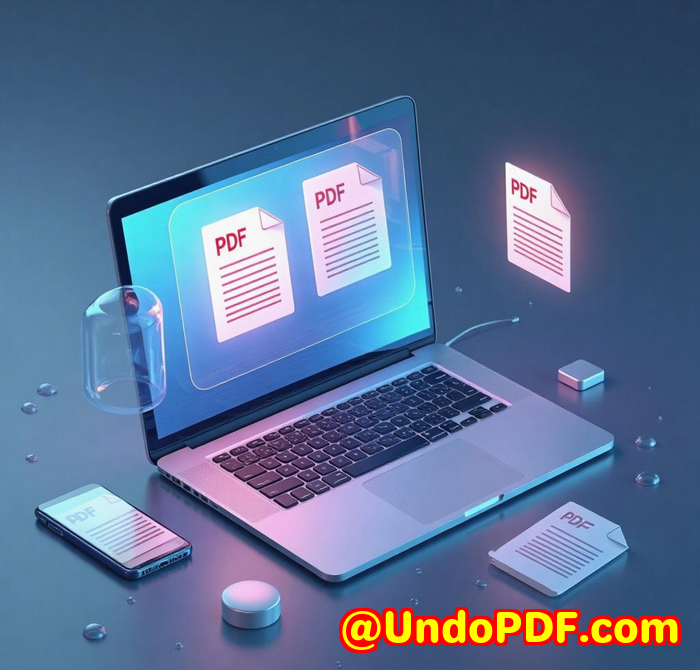How to Convert Complex HTML Documents to PDF Without Losing CSS Styling
Every time I had to convert a marketing dashboard or a styled invoice template from HTML to PDF, I braced myself for chaos.

Broken layouts. Missing fonts. CSS rules thrown out the window.
And I’m not talking about obscure stylesI’m talking basic things like grid layouts or responsive tables vanishing into a PDF black hole.
I tried browser “Save as PDF” hacks. I tried open-source command line tools. I even gave a few commercial converters a shot.
Most either butchered the layout or couldn’t handle modern CSS.
And then I found VeryPDF Webpage to PDF Converter API.
It didn’t just solve my problem.
It made the problem irrelevant.
What is VeryPDF Webpage to PDF Converter API?
So here’s what I was dealing with.
I had a dynamic client report page, styled with Tailwind and spiced up with a couple of JS charts and embedded Google Maps.
I needed to generate high-fidelity PDFs on the flyfor hundreds of clientswithout manually opening a browser or praying the output looked decent.
This is exactly where VeryPDF Webpage to PDF Converter API comes in.
It’s a cloud-based API that lets you send HTML (via URL or raw code) and returns a pixel-perfect PDF.
The best part?
No CSS drops. No missing JS renderings. No weird page breaks.
Just clean, beautiful, fully-styled PDFs like you’d see in the browser.
Who’s This API Really For?
If you’re dealing with any of the following, you’re the target audience:
-
SaaS developers generating reports or invoices
-
Digital marketers exporting styled landing pages
-
Agencies creating branded proposals or client summaries
-
Startups turning HTML templates into polished PDFs
-
Healthcare platforms needing HIPAA-compliant document conversion
If your product relies on high-fidelity document output, this is your tool.
How It Saved Me Time (and My Sanity)
Let me break down how I use this thing:
-
I make a
POSTrequest with the HTML page URL and a few custom flags (like paper size, headers, footers, etc.) -
In less than 2 seconds, I get a downloadable PDF
-
No rendering errors. Full CSS. Even the embedded charts and maps work.
Seriouslyit just works.
I’ve run batch jobs converting 500+ documents a day and haven’t seen a hiccup.
Why Other Tools Didn’t Cut It
I tried a bunch.
Headless Chrome setups on AWS.
wkhtmltopdf with custom configs.
PDF libraries with HTML renderers.
The issues?
-
wkhtmltopdf: No modern CSS support. Grid/Flex layouts collapsed.
-
Headless Chrome: Too much infrastructure hassle. Needed babysitting.
-
Other APIs: Limited JS support or pricing was crazy.
VeryPDF nailed it because:
-
It’s cloud-based (no servers to manage)
-
Handles modern CSS + JS (Tailwind, Bootstrap, charts, mapsno sweat)
-
Plays well with any language (I’m using Node.js, but it could be Python, PHP, whatever)
-
Fully HIPAA-compliant (a must for a healthcare SaaS I work with)
Features That Actually Matter
Let me run through what makes this API my default go-to now:
Full CSS Styling Support
Supports custom fonts, flexbox, grid, responsive designeven weird CSS tricks I forgot I used.
JavaScript & Third-Party Library Support
It doesn’t choke on charts, maps, or dynamic tables. Works with Google Maps, Chart.js, even Tailwind animations if you want to show off.
Fast Conversions
PDFs in under 2 seconds. You can scale up with webhooks or parallel conversions if you’re handling thousands at a time.
Customisable Output
Paper size, headers/footers, grayscale, marginsyou name it, you can tweak it with a simple API flag.
Security Built In
128-bit encryption. Secure transfer. Doesn’t store your files unless you ask it to. Ideal for healthcare or finance use cases.
Real Use Cases I’ve Handled
-
Client invoices: Styled with Tailwind, delivered as PDFs via webhook.
-
Marketing reports: Dynamic charts embedded with JS, converted instantly.
-
Open Graph image banners: Auto-generated from HTML templates with dynamic text fields.
-
Healthcare documents: Secure, compliant PDF exports from patient portals.
Why You Should Try This Now
If you’re still struggling with:
-
PDFs breaking when CSS gets too spicy
-
JavaScript features being ignored
-
Having to run or maintain your own rendering engine
Stop.
Try VeryPDF Webpage to PDF Converter API right now. It just gets the job done, so you can focus on actually building your product.
Here’s the link to try it:
Click here to try it out for yourself
Custom Development? Yep, They Do That Too
If your needs go beyond HTML-to-PDF, VeryPDF offers full-blown custom development services.
Need a Windows virtual printer driver?
Or a tool to monitor Windows API calls or capture print jobs in EMF/PCL format?
They’ve done it all.
They also work across Python, PHP, C++, C#, .NET, JavaScript, iOS, Android, and even have experience with OCR, font tech, and document signing systems.
Basicallyif you have a document workflow problem, VeryPDF probably already solved it for someone else.
You can reach out here: http://support.verypdf.com/
Frequently Asked Questions
Can I test the API without an account?
Yes, you can try it out for freeno sign-up required.
Does the API support batch conversion?
Absolutely. Just manage concurrency based on your plan limits.
What if I need a specific paper size or layout?
You can set paper size, margins, headers/footers, and more using parameters in your API call.
Is my data stored?
Nounless you opt in. By default, your documents are not saved on their servers.
Do unused conversions roll over?
Nope. Conversions refresh monthly. Use ’em or lose ’em.
Keywords/Tags
-
HTML to PDF without losing CSS
-
Convert web pages to PDF API
-
CSS-friendly HTML to PDF conversion
-
Tailwind HTML to PDF
-
RESTful PDF API for developers
Last thought:
If you’re tired of fighting CSS breakage during HTML to PDF conversionstop.
VeryPDF Webpage to PDF Converter API does it clean, fast, and without drama.
And yesthe CSS actually stays intact.
Give it a shot here:
https://www.verypdf.com/online/webpage-to-pdf-converter-cloud-api/try-and-buy.html.